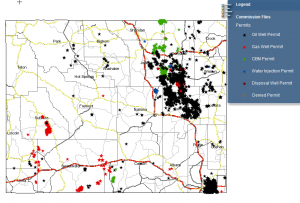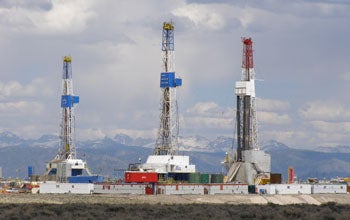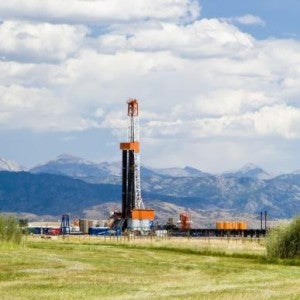 Long familiar in major urban areas, smog – what we experts call “ground-level ozone” pollution – is quickly becoming a serious problem in the rural mountain west, thanks to rapid expansion in oil and gas development. Smog can cause serious health impacts like aggravated asthma, chronic bronchitis, heart attacks, and even premature death. In areas like the Upper Green River Basin in Wyoming, smog levels have sometimes rivaled those in Los Angeles.
Long familiar in major urban areas, smog – what we experts call “ground-level ozone” pollution – is quickly becoming a serious problem in the rural mountain west, thanks to rapid expansion in oil and gas development. Smog can cause serious health impacts like aggravated asthma, chronic bronchitis, heart attacks, and even premature death. In areas like the Upper Green River Basin in Wyoming, smog levels have sometimes rivaled those in Los Angeles.
Now, the Environmental Protection Agency and several western states are putting the pieces in place to fix this problem: EPA through proposed revisions to the health-based ozone standard that will better protect people from pollution, and states like Wyoming and Colorado through strong policies that are helping to reduce the sources of ozone pollution in the oil and gas industry.
In official public comments filed this week with EPA, EDF and a broad coalition of western environmental and conservation groups supported a more protective ozone standard and pointed out the importance of this issue to the intermountain west–where most of the country’s oil and gas production from federal lands occurs.













